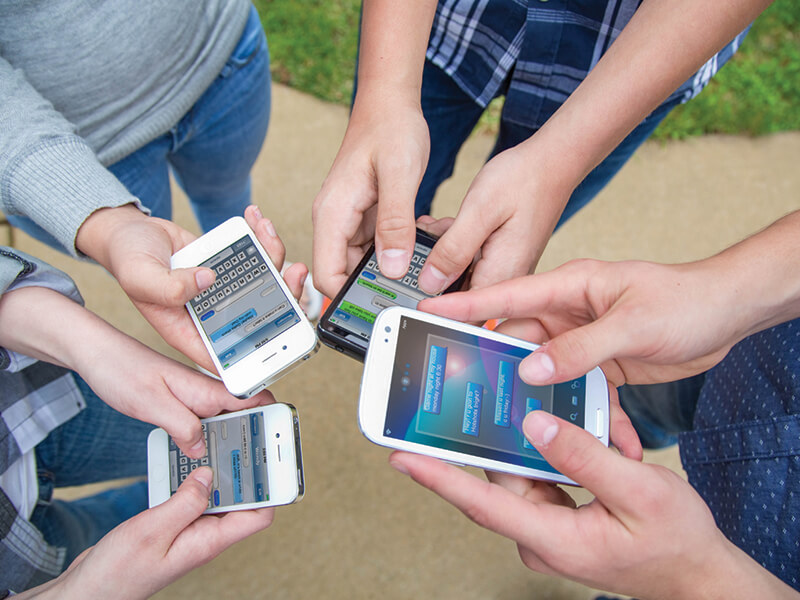Mobile phones are ubiquitous. Most people would admit that theyÕd rather leave home without their wallets than without their phones. According to statistics provider Smart Insights, 80 percent of internet users own a smartphone, while more than 50 percent of mobile phone users admit to reaching for their phones first thing when they wake up.
Since more than 90 percent of todayÕs teenagers own a phone, schools are forced to find ways to include mobile phones in the classroom without having them overshadow lessons or distract students.
A 2013 University of Nebraska-Lincoln study of 777 students at six American universities found that the average respondent used a digital device for nonclass purposes 10.93 times during a typical school day. Students activities included texting, social networking and emailing. Many respondents cited boredom and staying connected to the outside world as motivating factors.
Until recently, many schools implemented strict policies regarding mobile phones in school. Some forbade students from carrying them on campus or mandated that students left them in lockers. Many schools are now realizing the ways students can harness the technology of mobile phones in creative and innovative methods. Plus, as smartphone capabilities continue to evolve, educators are increasingly recognizing the potential of educational apps and how they can be used in the classroom.
Using mobile phones in the classroom for educational purposes also may cut down on how much the phones are used for nonschool purposes, such as texting or checking social media. According to data published in the journal Computers & Education, 80 percent of students admit that mobile phones can hinder their ability to pay attention in school when phones are not being used in conjunction with their lessons.
Schools vary in their rules regarding mobile phone usage in the classroom. Some schools let teachers decide, while others have more liberal policies. The following are some ideas for broaching the subject.
Research educational apps. A number of apps and websites are educational. Whether students are connecting via a phone, laptop or tablet, these applications can encourage class participation. Some apps can report studentsÕ progress to teachers in real time. Remind101 is an app that can text reminders for assignments and tests to students.
Teachers can monitor diligently. The image of teachers standing in the front of the classroom lecturing is becoming more and more obsolete. ItÕs easier to guide students to stay on task while on mobile phones when the teacher roams the classroom to keep an eye on phone activity. ItÕs more difficult for students to engage in negative behaviors when their phones are out in the open.
Cut down on tech expenses. Not every school can afford to give each student a laptop or have 20 to 30 tablets in the classroom. When students embrace BYOT (Bring Your Own Technology), teachers can maximize resources.


